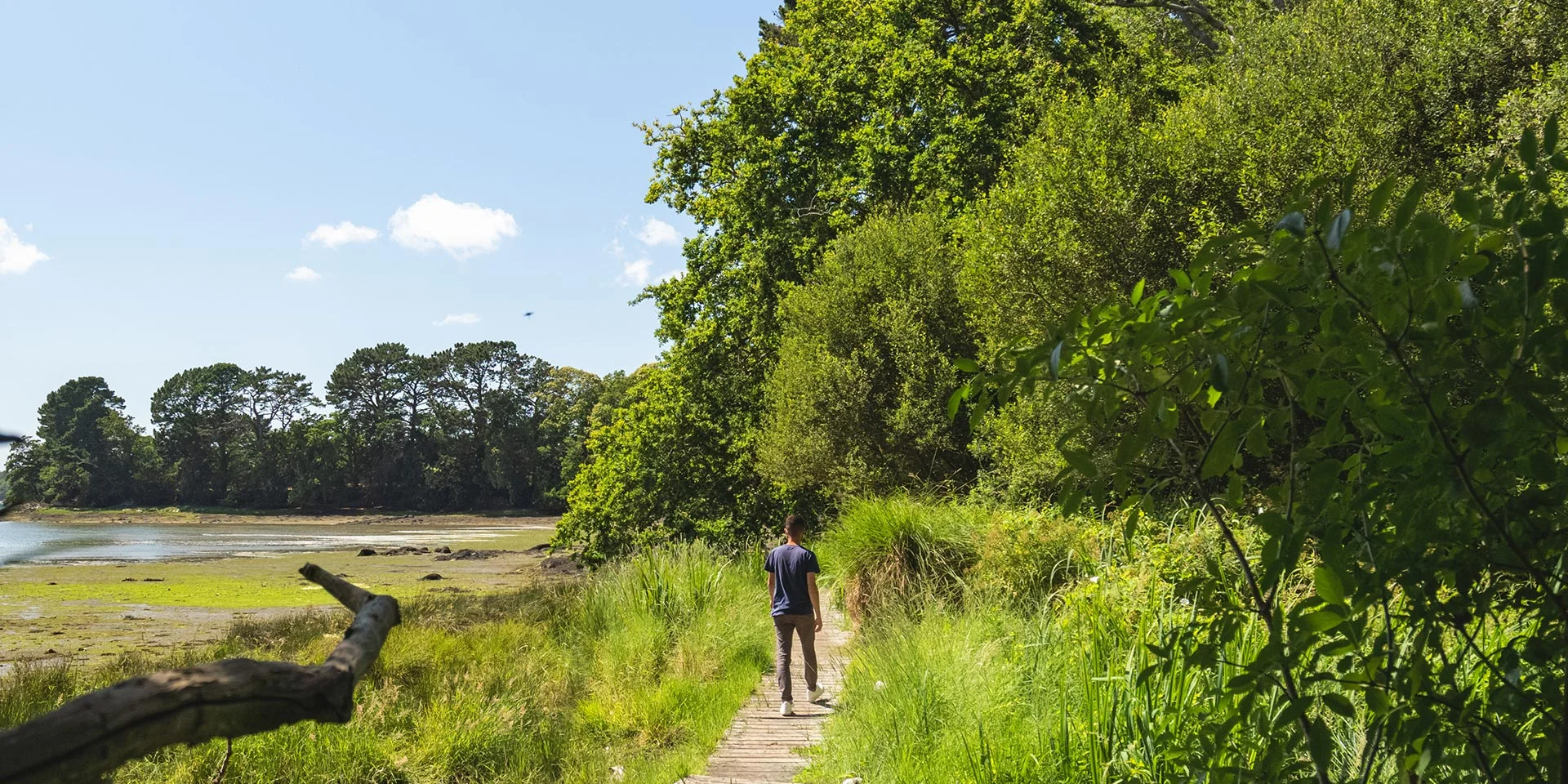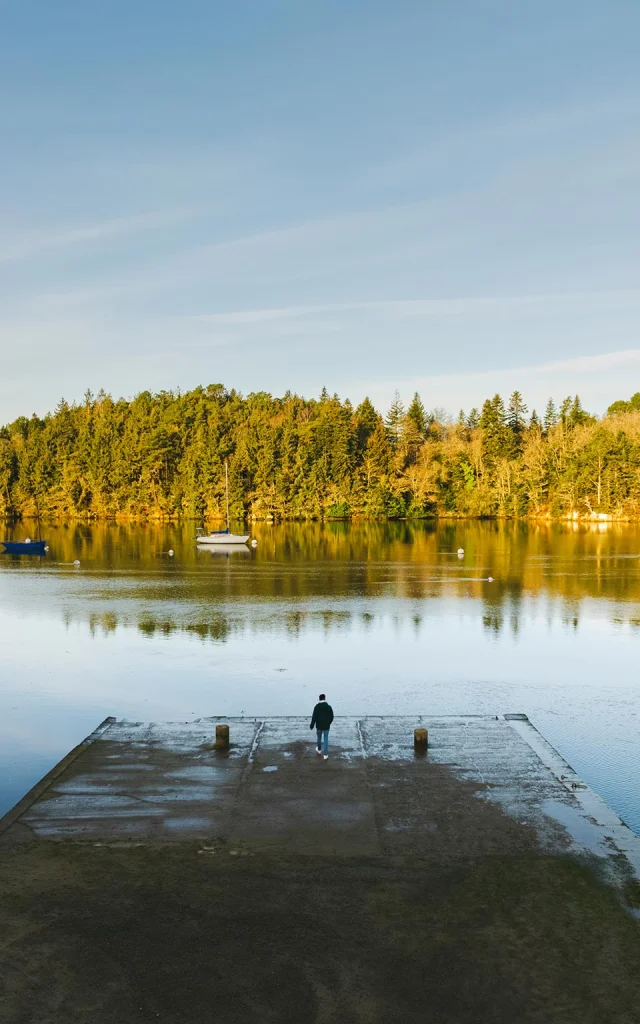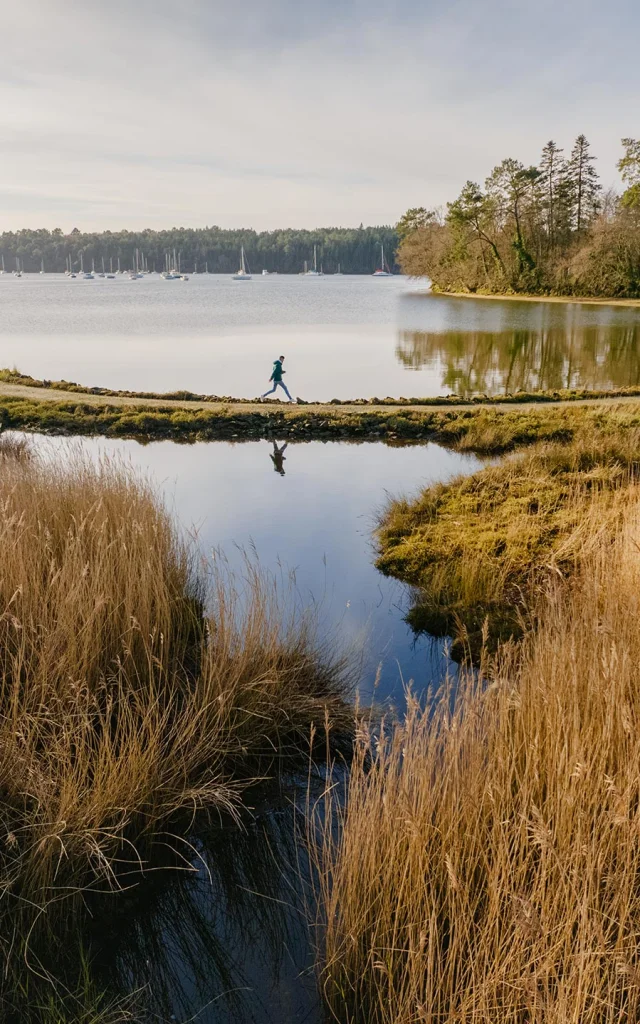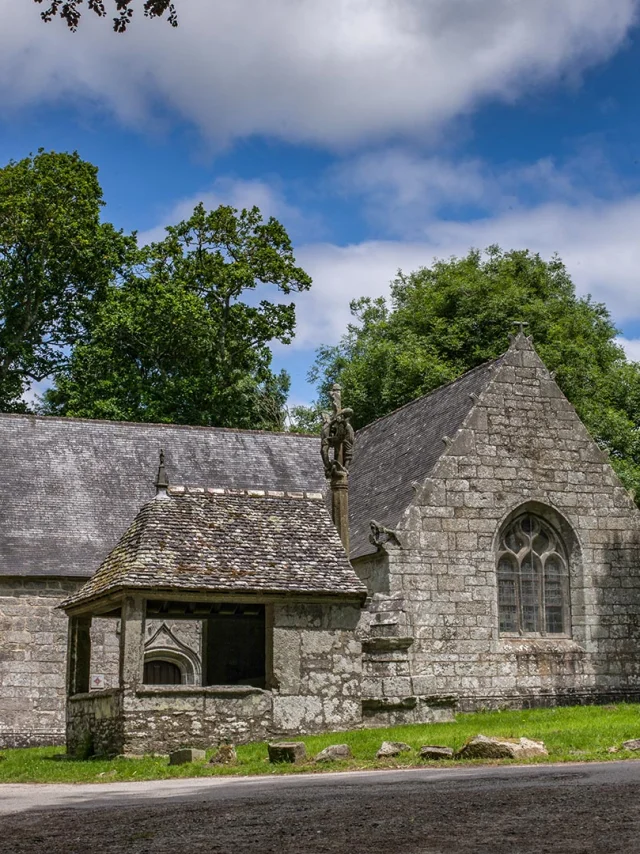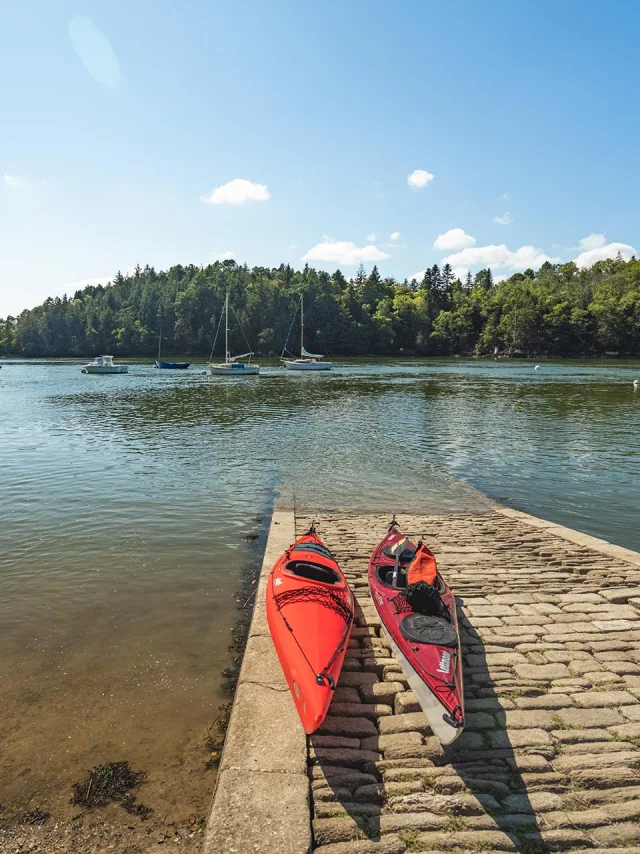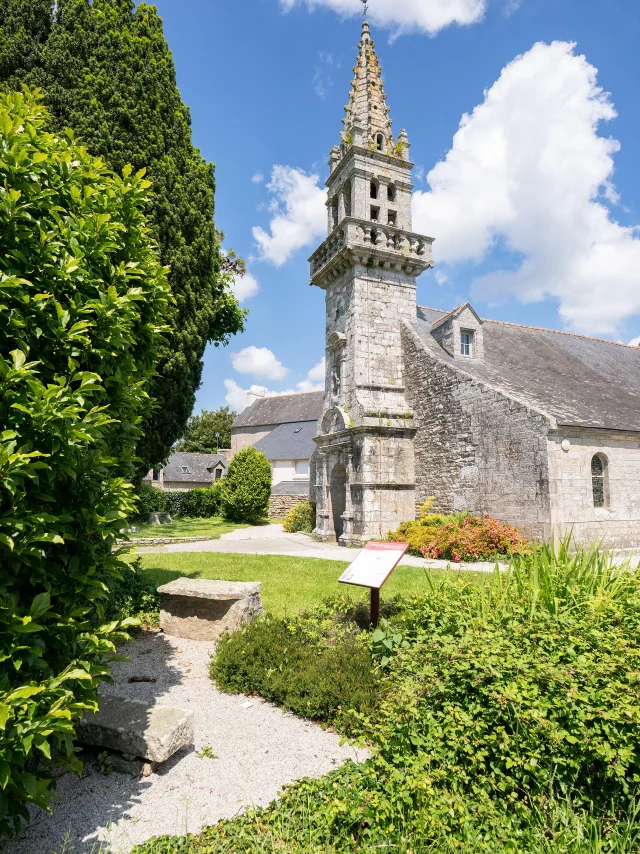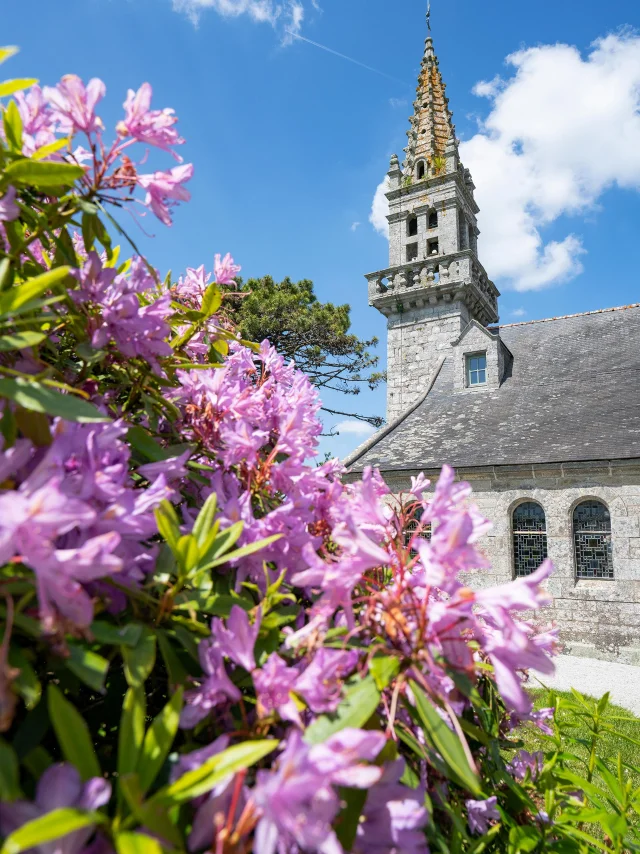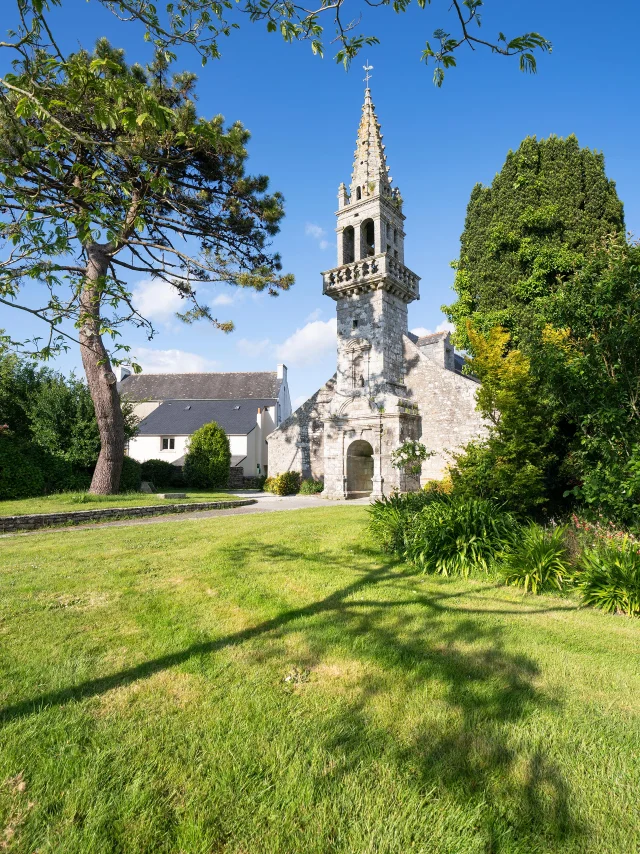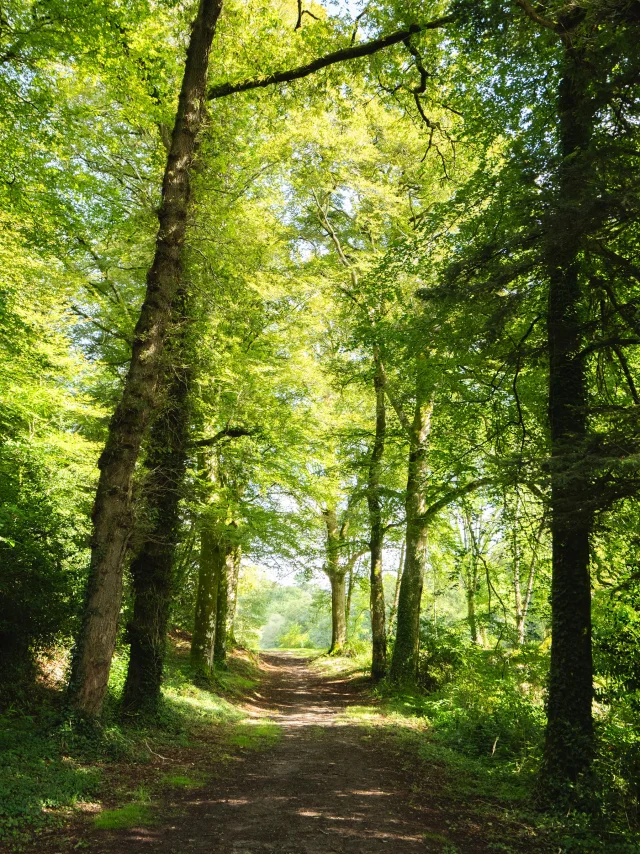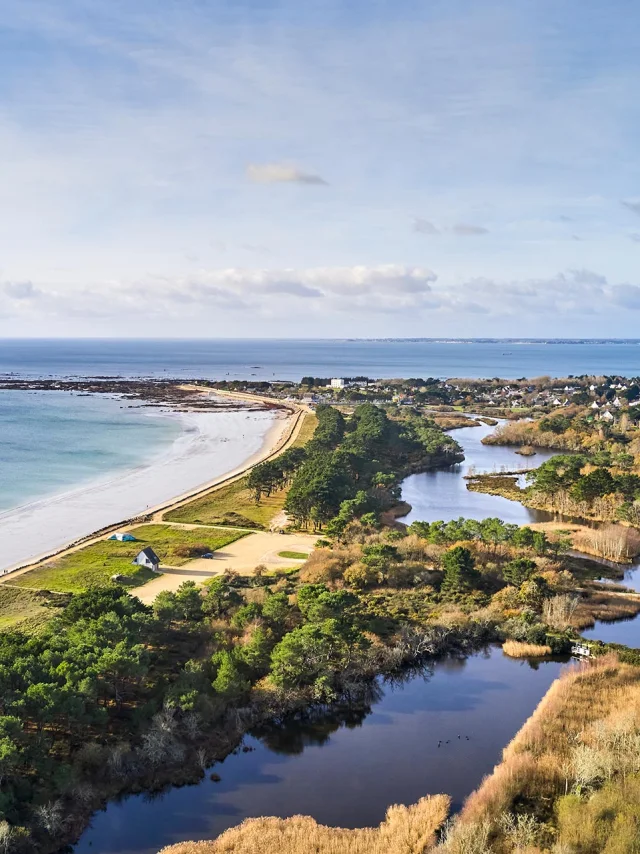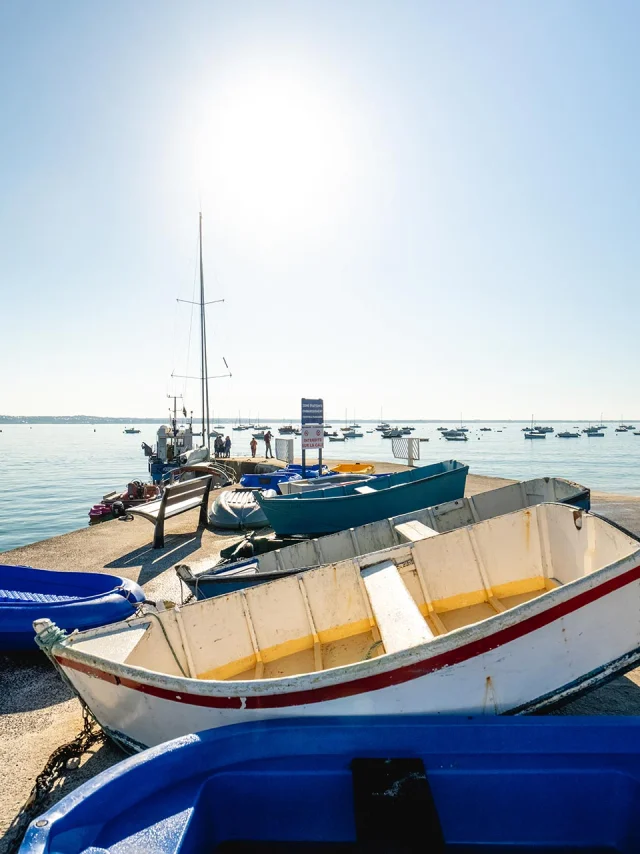Welcome toGouesnac'h
Gouesnac’h is a charming commune in the south of Finistère, nestling between lush green countryside and the tranquil meanders of the River Odet. Here, you can take your time to breathe, explore and contemplate. With its strong Breton identity, Gouesnac’h (or Gouesnach [gwenax]) offers a simple, soothing way of life, just a few minutes from Quimper and the sea.
With 14 km of river running through it, the commune is bordered by the Odet – often described as the most beautiful river in France. From the cove of Saint-Cadou to Pors Guen, this ribbon of fresh water winds its way through unspoilt countryside, ideal for contemplative walks, gentle water sports and observing the local flora and fauna.
The small harbours of Pors-Meillou, Porz-Garo, Porz-Guen and Pors-Keraign dot the shores, offering real havens of peace to explore on foot, by bike or in a kayak.
Gouesnac’h also boasts a rich religious and historical heritage. Each building tells a different facet of local history and bears witness to a deep attachment to its Breton roots.
Gouesnac’h is an inviting place to take a walk, with signposted footpaths between the river and the hedged farmland. Whether you’re a Sunday rambler or a curious stroller, you’ll enjoy the peaceful itineraries here, as close as possible to unspoilt nature. There’s something here for families and photography enthusiasts alike.
A great nature break in the heart of the Breton Riviera, between Quimper, Bénodet and the fine sandy beaches of the Pays Fouesnantais.
